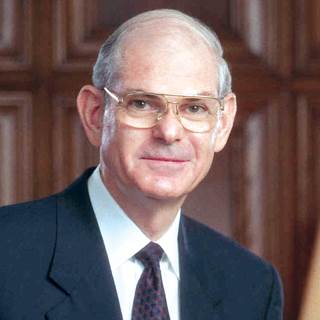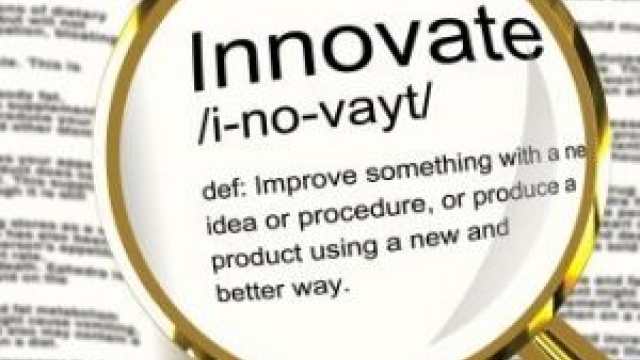Many different structures can be good conversion options, as long as the “footprint” and overall design configuration can compete with current state-of-the-art independent living and assisted living communities. Schools, hotels/motels and apartments/condos are examples of structures that have been successfully converted (under the right conditions).
Schools
 Many elementary schools in mature neighborhoods are now “demographically obsolete.” The residents are aging. So the demand for large numbers of elementary classrooms has long since passed. From a strategic standpoint, adaptive reuse of these facilities frequently triggers less neighborhood opposition to planning and zoning approval requests than one hears when proposing a start-up senior housing development on a vacant piece of land adjacent to existing neighbors.
Many elementary schools in mature neighborhoods are now “demographically obsolete.” The residents are aging. So the demand for large numbers of elementary classrooms has long since passed. From a strategic standpoint, adaptive reuse of these facilities frequently triggers less neighborhood opposition to planning and zoning approval requests than one hears when proposing a start-up senior housing development on a vacant piece of land adjacent to existing neighbors.
Some physical characteristics that make schools good candidates for conversion include:
- Public spaces are adaptable:
- Cafeteria converts into a dining room
- Kitchen can be expanded/used as the commercial kitchen
- The configuration of classrooms and hallways can generally be converted to double loaded corridors for independent living units:
- Load-bearing walls and columns are frequently easy to deal with in the adaptive reuse process.
- Many schools have a flexible “building shell.” That means the basic exterior shell stays in place, while a number of substantial changes can be made inside the building with relative ease.
- In many cases, the auditorium can be left largely in place and be converted into a “senior village mall or public meeting room (movie theaters, etc.).”
Each situation has unique opportunities as well as challenges.
Hotels and Motels
A number of hotels and motels across the United States have faced depressed occupancy or are geographically obsolete. Some markets may be permanently overbuilt. Many of these buildings make excellent adaptive reuse candidates, while others are beyond repair. In the right location, a hotel/motel makes an excellent conversion candidate. Many are located in traditional, well-established neighborhoods representing excellent in-fill locations in both suburban and urban areas. Some have both legitimate and nostalgic historical significance.
In terms of design, a number of unsuccessful attempts have been made to convert austere budget motels that do not have appropriate interior hallways, suitably configured sleeping rooms, or adequate public spaces. These attempts are clearly situation-driven, and miss the mark in the senior living marketplace. Conventional hotels with interior, double-loaded corridors and moderate-sized sleeping rooms might make a good conversion to assisted living, but it is highly unlikely they could properly serve the independent living market, which typically requires larger living areas and full-function kitchens (with complex plumbing requirements). An exception would be a suite hotel, which I’ll discuss later.
Apartments and Condominiums
Condominium and apartment buildings can also make solid adaptive reuse buildings. As with hotels, these structures typically have living units with double loaded interior hallways. A typical shortcoming is likely to be inadequate common/public spaces, the absence of elevators and narrow, tunnel-like hallways. The public and circulation space requirements can represent 30 to 35 percent of the total area under roof for a well conceived, purpose-built independent living community.
The portion of the total area devoted to common space in a typical apartment or condo is frequently only 15 percent or less. However, there are ways to compensate:
- Sometimes an added building appropriately connected to the apartment complex can satisfy the new common space requirements.
- The space between a footprint with two parallel wings of living units offers the opportunity to provide room to add a “commons building.” This new space would include a dining room, commercial kitchen, and space for other services in the center of the footprint, which provides another connection to the two wings of the building.
- Alternatively, those structures with only modest common space can be considered for limited service senior apartments.
Apartments and condos can make good conversion candidates for independent living because they typically have the following characteristics:
- Separate sleeping rooms
- Full-function kitchens
- Adequate living areas
- Interior double loaded hallways (in many geographical areas)
- Frequently located in a residential neighborhood setting
Smaller condos and apartments, however, are better suited for assisted living since assisted living requires less space than independent living.
S pecific Conversion Considerations
pecific Conversion Considerations
Living units that enter into the interior double loaded hallways, and communities that have adequate common space and public areas, are key requirements when evaluating the overall suitability of a potential adaptive reuse structure. Obviously, the building’s exterior elevations, roof lines and “external look” are also very important. Some characteristics to look for include:
- What is the first impression and “curb appeal” of the building’s exterior?
- Does it look residential versus institutional?
- Are there patios and balconies?
- Are there aesthetically pleasing “breaks” in the contour of the vertical surfaces?
- Are there interesting roof lines?
In other words, how appealing does the building look when one first observes it? Many facilities are functionally adequate, but appear to be far too institutional from a consumer perspective.
Design features such as the ability to meet current fire and life safety codes and other local licensing requirements must be carefully considered. It is amazing how often experienced operators overlook building codes and requirements that suddenly come into play when previous variances that were grandfathered no longer apply to the new owner. Some even overlook the troublesome presence of asbestos.
What They See Is What They Pay For
The paramount consideration is your customer. Consumers really do not care what it took to convert the building, or why some of the obvious tradeoffs or compromises are still highly visible. If there are competitors nearby, people will comparison shop – and you may get even less credit for your conversion compromises.
To ensure a successful property conversion, correctly answer these five key questions:
- Is the site truly irreplaceable in the primary market area?
- Is the building really unique, with practical and cost-effective adaptive reuse potential?
- Is the total turn-key acquisition and conversion cost moderately less (approximately 20 percent) than the replacement cost of a newly-developed, state-of-the-art independent living or assisted living facility?
- Will the consumer understand and give appropriate consideration for the inevitable tradeoffs and compromises in the end product that typically result from adaptive reuse process?
- Finally, will the community be truly competitive in terms of product, price, service and value?
















 Just looking at her resume, you could not tell any of this. It looked as if something had gone haywire and hiring managers were reluctant to even call her. Don’t expect that a hiring manager is going to take the time to try and connect the dots on your resume. That’s not their job. It’s up to the candidate to try and fill in any holes in their own resume.
Just looking at her resume, you could not tell any of this. It looked as if something had gone haywire and hiring managers were reluctant to even call her. Don’t expect that a hiring manager is going to take the time to try and connect the dots on your resume. That’s not their job. It’s up to the candidate to try and fill in any holes in their own resume. Just remember that having multiple short-tenured positions is not the kiss of death — if you take the time to provide a short explanation for your limited tenure, that is. It need be no more than a few words under the job title, such as “contract position,” “internship,” “temporary work,” “layoff,” or whatever the situation was.
Just remember that having multiple short-tenured positions is not the kiss of death — if you take the time to provide a short explanation for your limited tenure, that is. It need be no more than a few words under the job title, such as “contract position,” “internship,” “temporary work,” “layoff,” or whatever the situation was.
